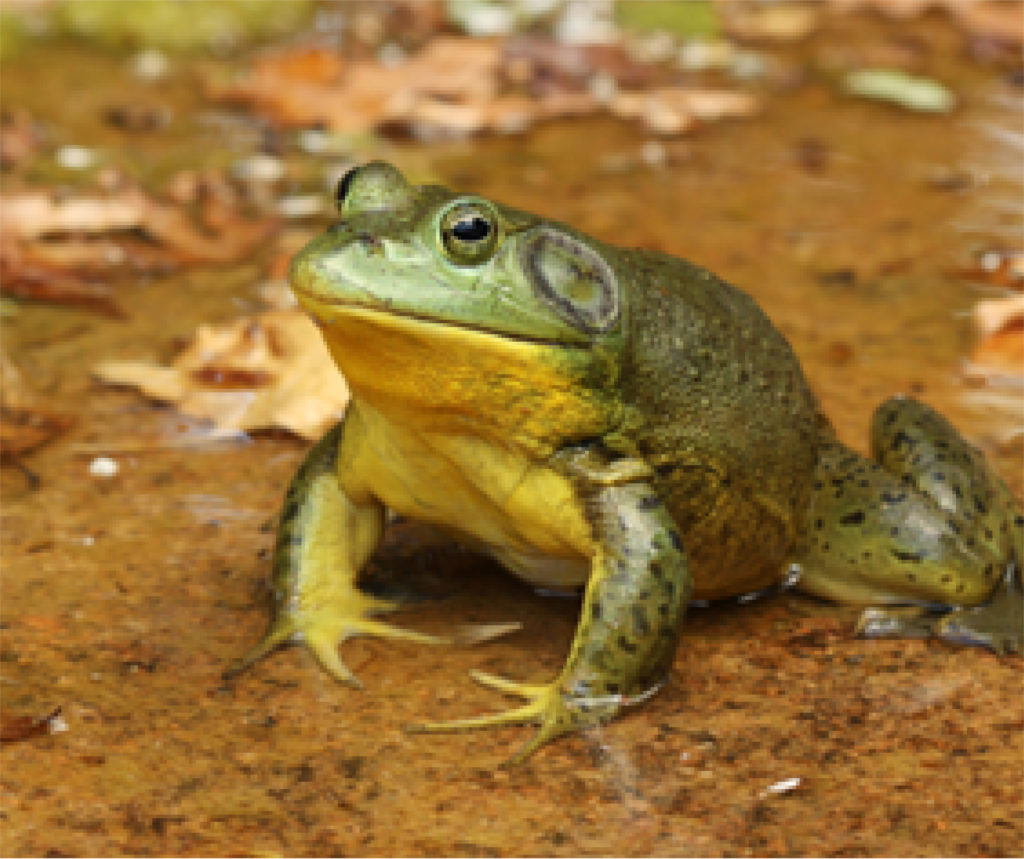Introduction to Frogs
Frogs are amphibians that belong to the order Anura. They are found all over the world, except in Antarctica. Known for their jumping abilities, croaking sounds, and smooth, moist skin, frogs are fascinating creatures. They play an important role in ecosystems by controlling insect populations.
Frog Species
There are over 7,000 species of frogs! Below are some notable frog species:

Red-Eyed Tree Frog
Famous for their striking red eyes, these frogs are native to Central America. They are known for their vibrant green bodies and blue-and-yellow striped legs.

Poison Dart Frog
These frogs are small but incredibly toxic. Their vivid colors act as a warning to predators. They are mostly found in the rainforests of Central and South America.

Bullfrog
Bullfrogs are large frogs found in North America. They are known for their loud croaking and are often seen near ponds and lakes.
Frog Habitat
Frogs can be found in a variety of habitats, from tropical rainforests to temperate woodlands, and even in deserts. They typically prefer moist environments due to their permeable skin, which requires water to stay hydrated. Some species are adapted to living in trees, while others live near ponds, streams, or marshes.
Fun Frog Facts
- Frogs have the ability to regenerate lost body parts, including their hearts and limbs.
- Some frogs can jump over 20 times their body length!
- Frogs absorb water through their skin, so they don't always need to drink from a water source.
- Frogs can "freeze" in cold temperatures and still survive by entering a state of hibernation.
Frog Conservation
Many frog species are currently facing threats such as habitat destruction, climate change, pollution, and the spread of diseases like chytridiomycosis. Conservation efforts focus on protecting frog habitats, promoting breeding programs, and raising awareness about the importance of frogs in maintaining ecological balance.
Some key efforts include:
- Creating protected areas for frog populations.
- Monitoring frog health and disease outbreaks.
- Supporting research to better understand frog behavior and ecology.
The Life Cycle of a Frog
Frogs go through a fascinating transformation known as metamorphosis. Their life cycle involves four stages:
- Egg – Female frogs lay eggs in water, which hatch into tadpoles.
- Tadpole – Tadpoles are aquatic, with gills and a tail, and live in the water.
- Froglet – As the tadpole grows, it begins to develop legs and lungs while the tail shrinks.
- Adult Frog – The frog matures and becomes fully terrestrial or aquatic, depending on the species.
Types of Frogs
Frogs can be categorized into different types based on their habitat and behavior:
- Tree Frogs – These frogs live in trees and have sticky pads on their toes to help them climb.
- Water Frogs – These frogs live near or in bodies of water, such as ponds and streams.
- Desert Frogs – Adapted to dry climates, these frogs can survive long periods without water.
- Burrowing Frogs – These frogs spend much of their lives underground, only emerging during rainy seasons.
Frog Behavior
Frog behavior is diverse and fascinating. They exhibit a wide range of activities to ensure their survival and reproduction. Here are some key behaviors:
- Croaking – Male frogs croak to attract mates and establish territory. Each species has a unique call.
- Hunting – Frogs are carnivorous, typically eating insects and small invertebrates. Some larger species may even eat small fish or other amphibians.
- Jumping – Frogs are known for their impressive jumping ability, which helps them escape predators and catch prey.
- Hibernation – In colder climates, frogs may hibernate by burrowing underground or entering a state of torpor during the winter months.
Frog Mythology & Culture
Frogs have played an important role in various cultures and myths throughout history. They are often symbols of transformation, fertility, and good fortune.
- Ancient Egypt – The frog was associated with fertility and the goddess Heket, who was depicted as a frog or a woman with a frog's head.
- Greek Mythology – Frogs appear in several Greek myths, most notably in the story of the "Frog and the Mouse" fable by Aesop.
- Native American Culture – Many Native American tribes consider frogs to be symbols of rain and fertility, often associating them with the water element.
- Fairy Tales – The famous tale "The Frog Prince" speaks of a frog transforming into a prince after a kiss, symbolizing transformation and hidden potential.
References
Here are some of the sources used to compile this encyclopedia: